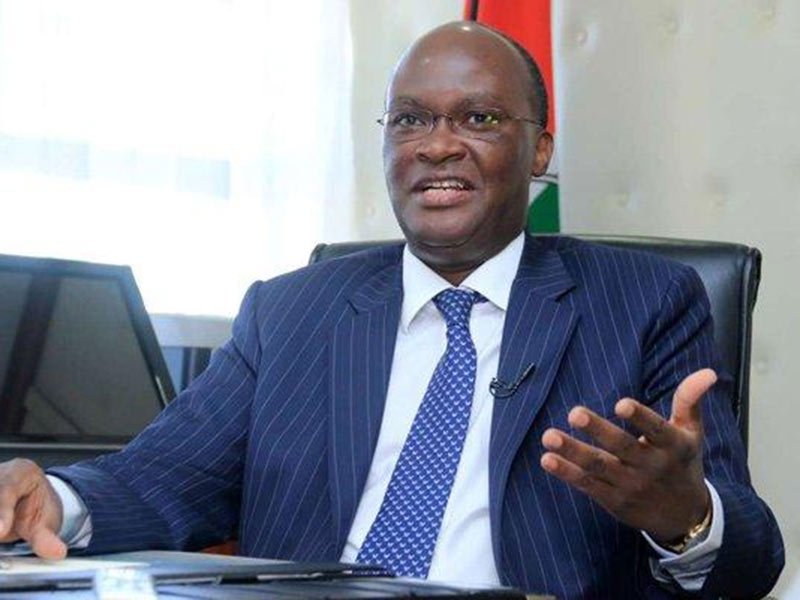×
The Standard e-Paper
Stay Informed, Even Offline

When it comes to mega deals, James Wainaina Macharia, is a force to reckon with.
Kenya’s influential Transport Cabinet Secretary negotiates massive infrastructure deals and State partnerships, from the building of highways to providing affordable housing for the poor.